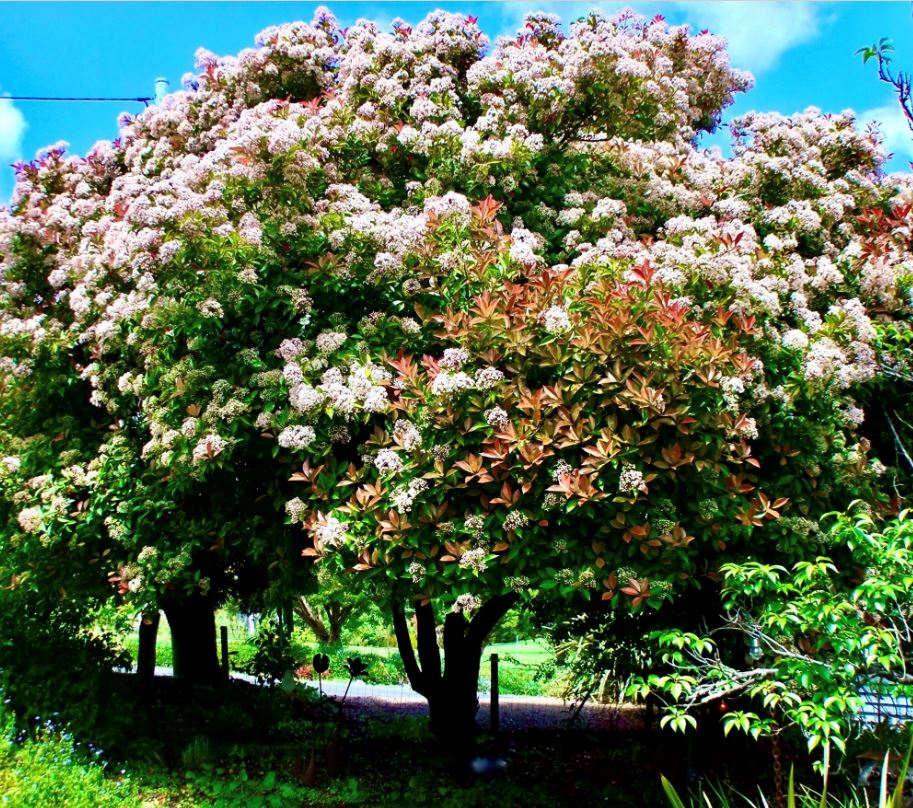February 8th, 2023Glen, about the house

Water – the key to summer success
La Niña – there’s that fearsome name again. La Niña is certainly leaving her
mark throughout this (usually) dry, brown land of ours and we are still unsure when the devastation will cease.
Having said that, on the whole, Spa Country seems to have dodged the bullet. And apart from a few boisterous, scary thunderstorms and rising creek episodes, has ended up with thriving gardens, lush green, bursting at the seams, and along with them hopefully are your plants.
But there is always a downside.
Along with the good guys and probably ahead of the pack are throngs of weeds and,
of course, your lawns. They’re all galloping away, spurred on by the spasmodic rain
storms.
The next problem to be faced now is when and how often to water the garden and
lawns. Gardens can be damaged as much by incorrect watering as they can by neglect.
Fresh, green lawns and lush, healthy flower and shrub beds can be maintained
year-round by regular feeding and maintenance. But it is the way in which the garden
has been watered that holds the key.
Prolonged hot weather may place the plants under great stress if the moisture
supply isn’t kept up to the young and feeder roots, and is just as damaging as over-
wet, poorly draining soil.
The first point to remember is that it is the root system that takes in the water
supply for the plant, so apart from cleaning or cooling the foliage, there is no point in
supplying the water anywhere else but on the ground.
Drip watering systems are most efficient because they supply all the plant’s
needs, direct to the roots and use less than half the amount of water even the most
efficient sprinkler would need for the job. Besides, evaporation and run-off wastage
are completely eliminated. Our garden is almost totally watered by a network of that
brown plastic dripper tubing.
Apart from the fact that it is remarkably cheap, totally efficient, and child’s play to
install, its drippers are within the tubing and almost impossible to clog up, at least in
all the 20-odd years we’ve used it, we’ve never had a problem. Because of that it’s even
more efficient if covered with organic mulch.
This thorough watering is best as it encourages deep, strong, self-sufficient roots
ending in strong, healthy plants. A long, slow watering in this manner once or twice
a week is far better than frequent surface waterings that encourage all the developing
root systems to grow close to the surface and struggle for survival in anticipation of
the next shower.
It is best to water early in the morning so the moisture can soak right in before
the sun’s dry rays take effect. This is even more important in the heat of summer,
especially if you use sprinklers, when much of the water will evaporate even before it
reaches the ground.
Watering in the evening or at night builds up humidity in the lawn and garden
beds which will aid the spread of disease.
A plethora of photinia
I am noticing – with great delight – sprouting photinia hedges of delightful
brilliant deep green, with red-tipped new growth, throughout the shire.
There are several popular forms grown. The taller and sturdier photinia robusta
with deeper red new foliage and the other is a smaller hybrid form, red robin, with
vibrant red tips.
Among the century-old trees dotting our property are these photinia, pictured,
which I think might be a couple of rogue p.robusta which escaped the hedgeclippers
to become these magnificent specimens, especially when massed with those delightful
flowers.
Got a gardening query? Email glenzgarden@gmail.com










